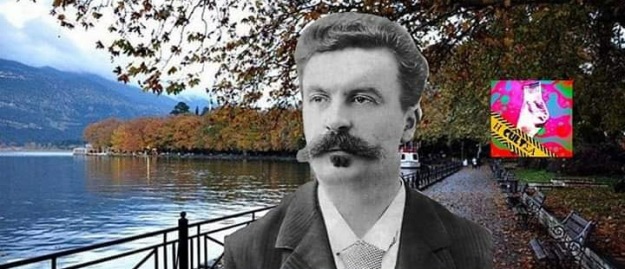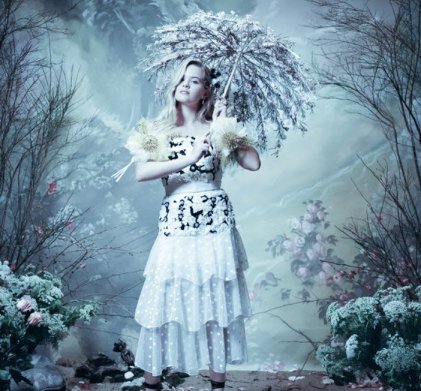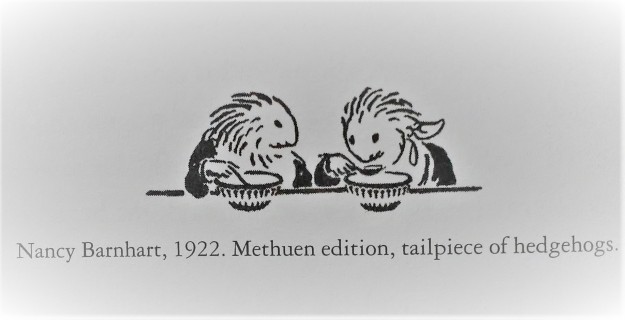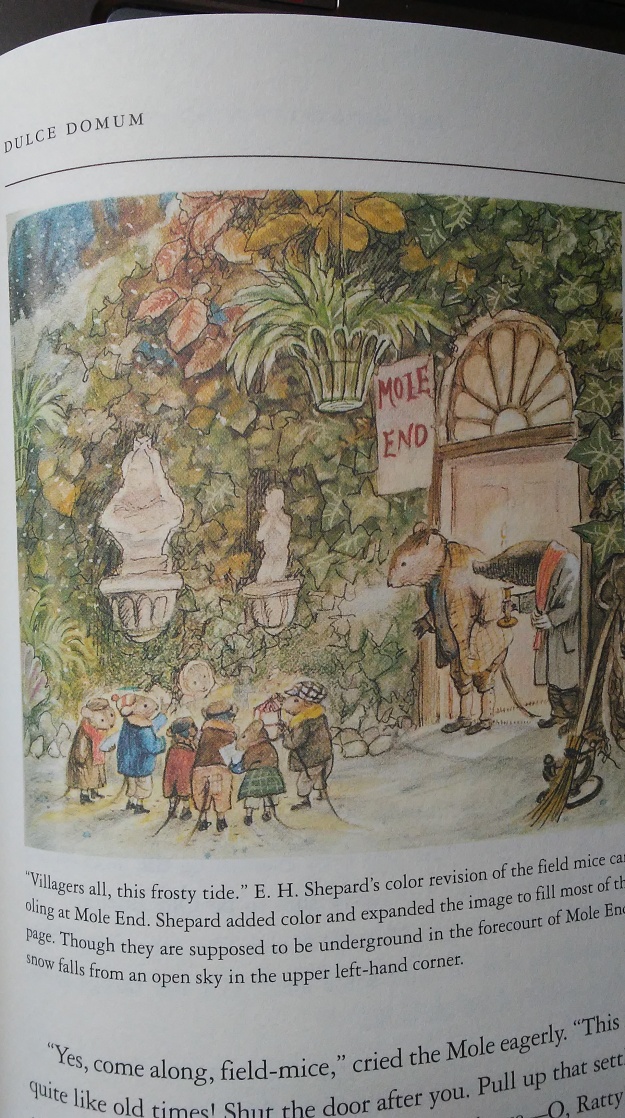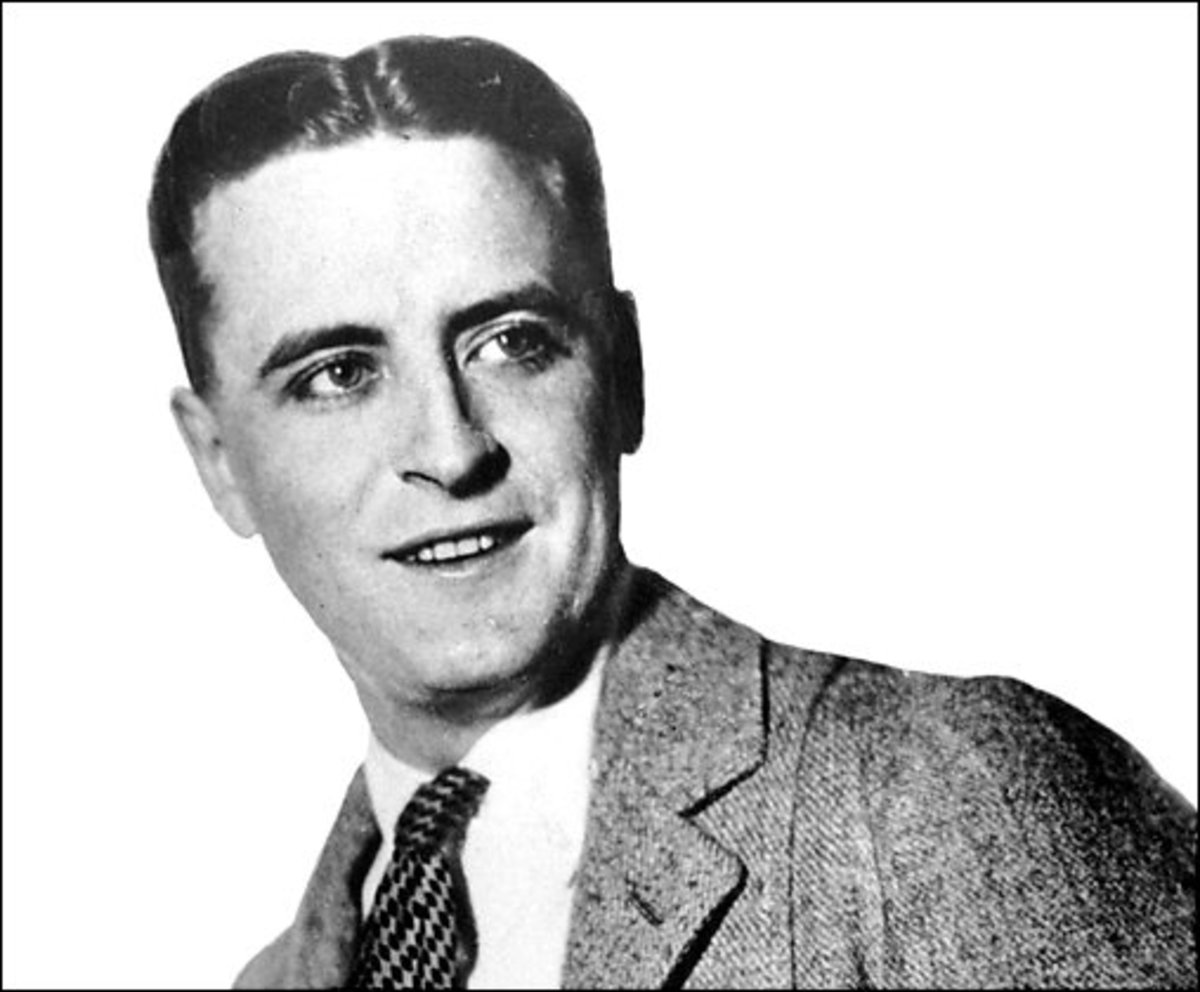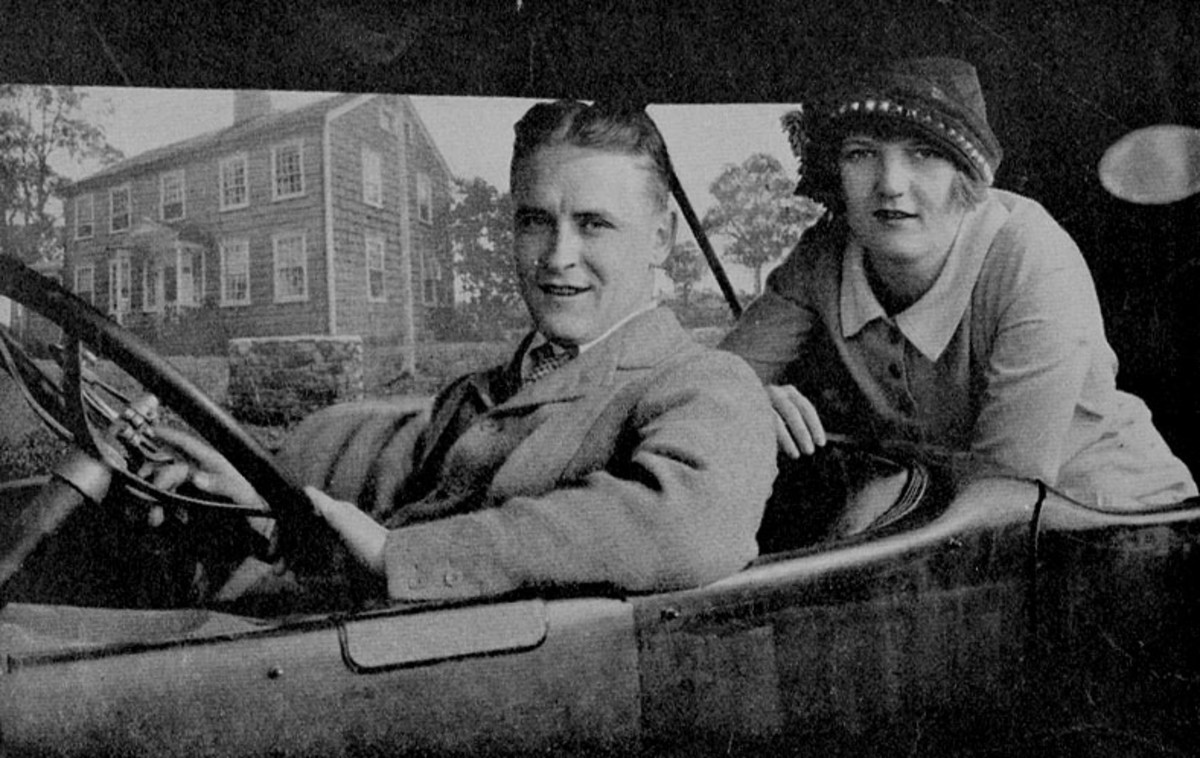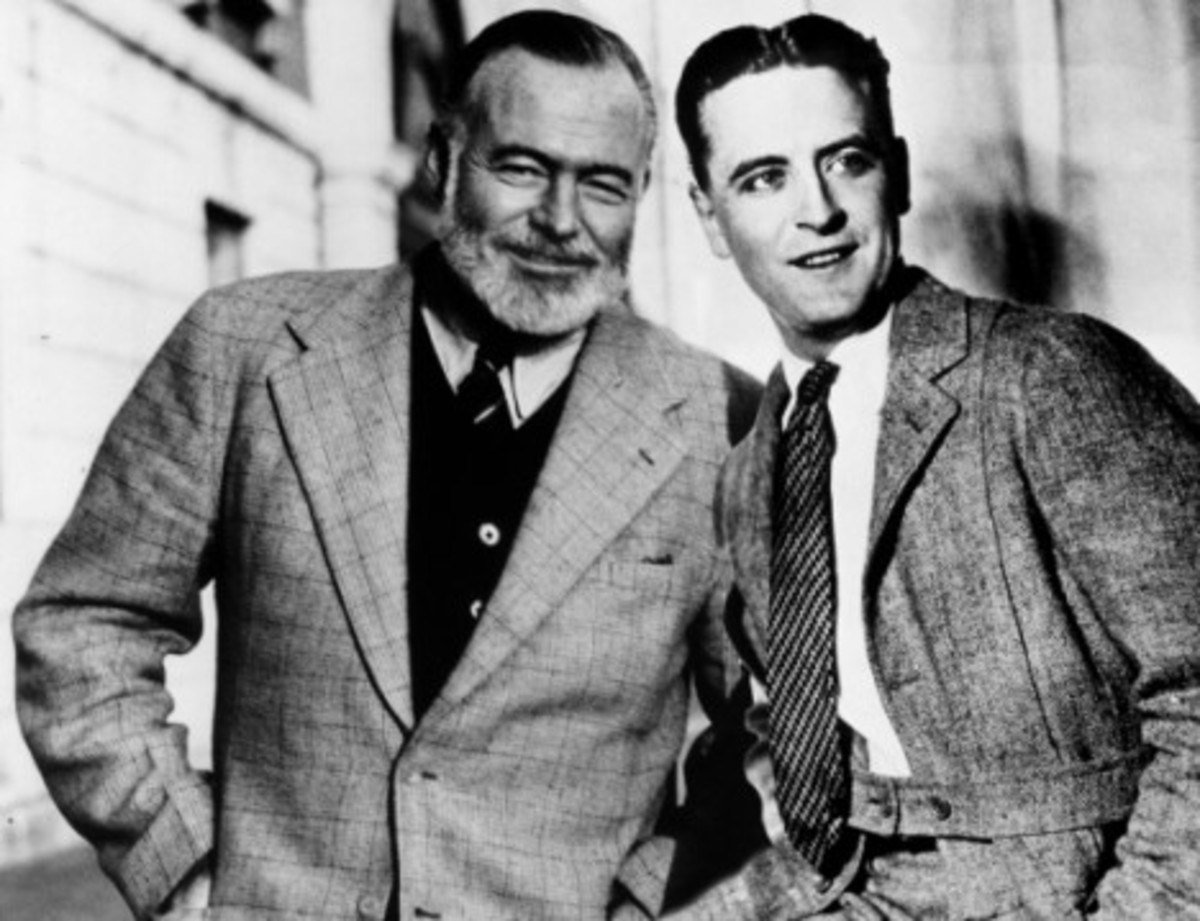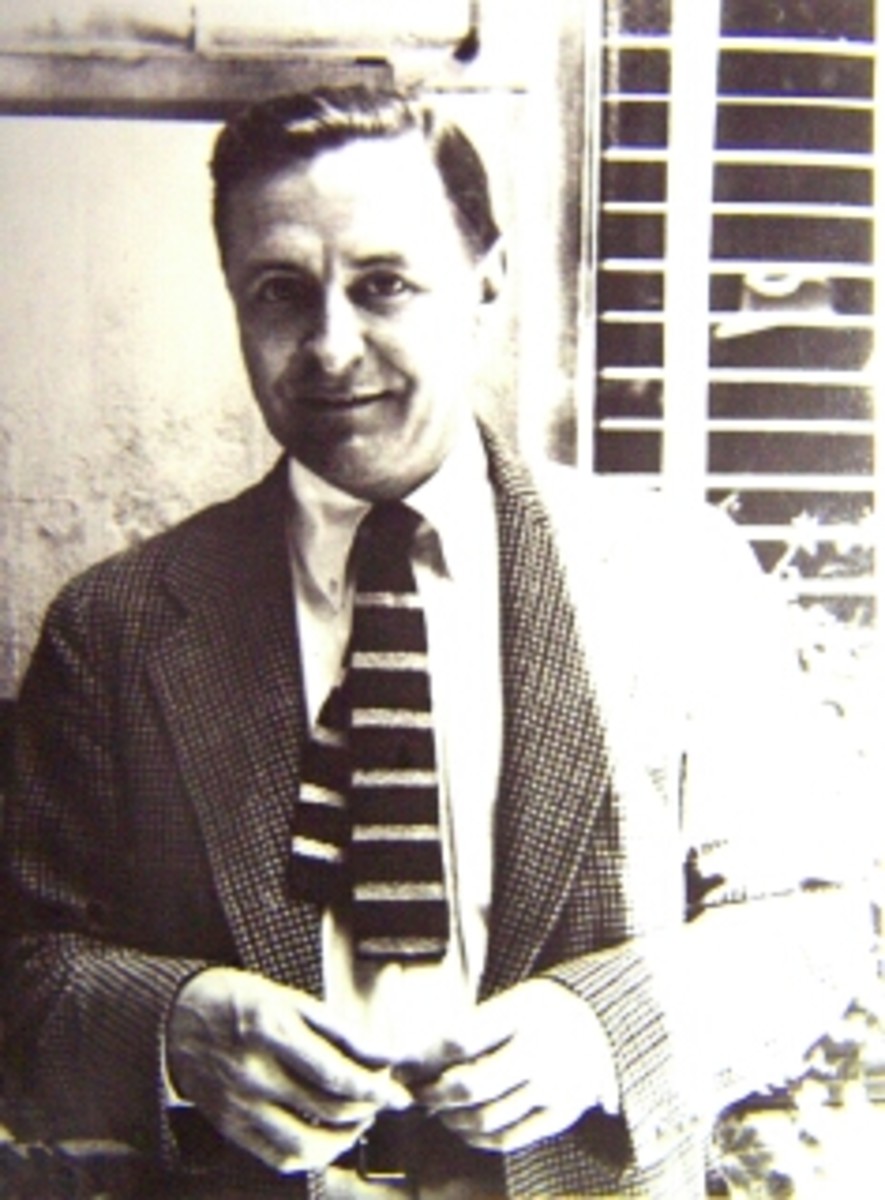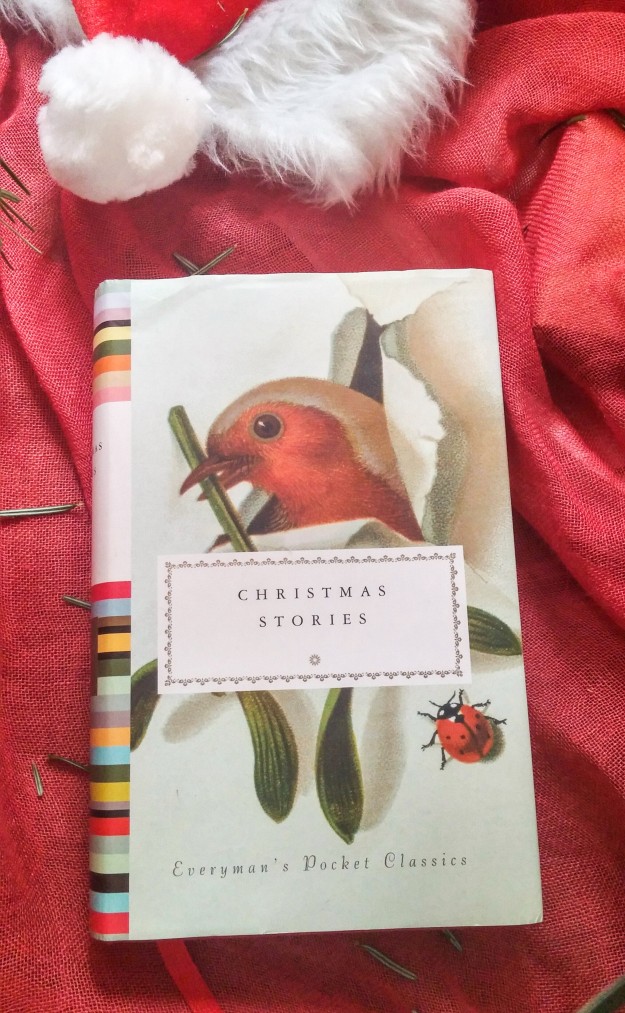
Orpheus and Eurydice
From tales of wood nymphs transformed into trees or rivers, to gods arbitrarily helping or abducting humans, the Greek myths embody tragedy and comedy, love and hate, beautiful beings and repulsive ogres, and nature in all its unfathomable splendor. Of all the myths, the story of Persephone and the story of Orpheus must be the saddest. In Persephone, the young goddess of spring is abducted by Pluto and carried off to Hell. In Orpheus, two lovers are torn apart not once but twice, as Eurydice slips back down into the Underworld.
What is most extraordinary is that the myths were such brilliantly crafted tales and personifications, perhaps most lovingly interpreted by Ovid. The story of Orpheus was first penned by the Greek poet, Apollonius Rhodius, in The Voyage of the Argo, in the third-century, B.C.. Both Virgil and Ovid, two Roman poets from the Greco-Roman time period, continued the Orpheus tale with Orpheus and Eurydice
In this way, Apollonius passed along the historia of Orpheus, in the written tradition, influencing other ancient writers, who enlarged and enhanced the story, allowing the aeons to transform it into mythology for the world’s enjoyment and interpretation.
As the story goes, Hermes, the messenger god, invented the lyre and handed the instrument down, first to Apollo, the “magical musician”, and then to Orpheus. Apollo, the god of light and truth, was the father of Orpheus. Calliope, the Muse of epic poetry, was his mother. Hence, Orpheus came from an exceptionally melodious lineage.
Of the Muses, Hesiod is quoted as saying:
He is happy whom the Muses love. For though a man has sorrow and grief in his soul, yet when the servant of the Muses sings, at once he forgets his dark thoughts and remembers not his troubles. Such is the holy gift of the Muses to men.
The Story of Orpheus
It was said that Orpheus could sing and play music more sweetly than any mortal in all of Thrace. Indeed, he could move rivers, rocks and trees and attract the birds and animals to his side.
Half-human, half god, Orpheus also attained the adoration of the nymphs and Naiads: from beautiful maidens and lesser deities of the woods, rivers, trees and meadows, to the formidable, maenads, worshipers of the Bacchante, who, in Ovid’s version, ultimately destroy Orpheus out of jealousy.
In Ovid’s Metamorphoses, Orpheus is married to Eurydice;
The new-wed bride,
Roaming with her gay Naiads through the grass,
Fell dying when a serpent struck her heel.
And in so dying, Eurydice is whisked away to the Underworld, much like Persephone, to the place of death, in Greco-Roman mythology, where all souls go in the final end. But the love of Orpheus and the loss that he feels is so great, that he travels to the Underworld and pleads his case before Hades to have his wife, Eurydice returned to life.
He plays upon his lyre and sings to all the host of the Underworld;
So to the music of his strings he sang,
And all the bloodless spirits wept to hear…
Then first by that sad singing overwhelmed,
The Furies’ cheeks, it’s said, were wet with tears…
Orpheus wins his wish. Hades grants that Eurydice return to the upper-realms with her husband, but with the stipulation that he is not to look back at her as they ascend to the light, Orpheus leading the way.
As the tragic tale goes, Orhpeus, in a fit of concern, does look back just as Eurydice is about to step up into the earthly realm, and the ill-destined bride descends, like mist, back down the dark tunnel into the Underworld again.
And now they neared the edge of the bright world,
And, fearing lest she faint, longing to look,
He turned his eyes – and straight she slipped away.
He stretched his arms to hold her – to be held –
And clasped, poor soul, naught but the yielding air.
And she, dying again, made no complaint
(For what complaint had she save she was loved?)
And breathed a faint farewell, and turned again
Back to the land of Spirits whence she came.
The double death of his Eurydice,
Stole Orpheus’ wits away.
And so Orpheus is left to sing and play beautiful, sad songs in the forests and meadows, by the rivers and under the trees, for the next three years, loved by many women, but loving none in return.
Then, Ovid continues the tale in The Death of Orpheus, wherein the Maenads, those jealous, pleasure seekers of Bacchic’ orgies, explode into a frenzied rage and destroy Orpheus with the violence of a pack of wolves.
Of Thracian women, wearing skins of beasts,
From some high ridge of ground caught sight of him.
‘Look!’ shouted one of them, tossing her hair
That floated in the breeze, ‘Look, there he is,
The man who scorns us!’
Re-telling the Myth
Many poets and writers have since developed and retold the myth, using the themes of ill-fated love and the immortals in such stories as Pyramus and Thisby or Romeo and Juliet. And Orpheus has found his way into opera, art, theater and film as well.
In the film, Black Orpheus, the setting is Rio de Janeiro during the wildly colorful and musical celebration of Carnival, which takes place during Lent. This makes for a brilliant tableau for the ancient tale. Since the Brazilians feel connected to the Greeks and make up a multi-faceted culture of strongly Catholic beliefs, with people of indigenous-Indian, Italian, Portuguese, German, French and African descent, their story is rich with the traditions of these combined groups.

From the film, Black Orpheus
This softly colorized film-version of the myth of Orpheus was directed by Marcel Camus, using a cool, samba musical score by bossa nova jazz legends, Antonio Carlos Jobim and Luis Bonfa. Lots of symbolic detail can be deciphered from the beginning until the ending scenes. Through personifications of Hermes, the Muses, “Mira” – a jealous maenad, and Death or Fate, the Brazilians express their love of the Greeks, revering their stories and retelling their myth.
Yet, the Brazilians celebrate the illumination of the human spirit through the music and dancing of Carnival. Innocence shines through in the joy of their faces. And the very enchanting children of this film embody the true essence of dance. The bright colors and natural, instinctual rhythm of their remarkable “African beat” becomes that of a folk religion, mixing the Christ, Greek Mythology and African mysteries into one.
The festival costumes represent the Greco-Roman as well as the French, with Orpheus and Eurydice wearing Greek garments of a Golden Era, while the Maenads are dressed up in the flamboyance of French Versaille, illustrating the excesses of Marie Antionette and Louie XVI alongside street urchins and the very poor.
In the end, Mira, the frenzied Maenad, hurls a stone at Orpheus, as she does in the mythology. Camus remains true to Ovid by bringing Orpheus and Eurydice ultimately back together in death, but through the perspective of this romantic, creative, Brazilian film medium.
Black Orpheus won the Palme d’Or at the 1959 Cannes Film Festival and the Academy Award for Best Foreign Film in 1960. Moreover, the film brought wide recognition and popularity to the music of Antonio Carlos Jobim.
References:The Metamorphoses by Ovid
(A version of this post originally appeared in my HubPages blog.)
